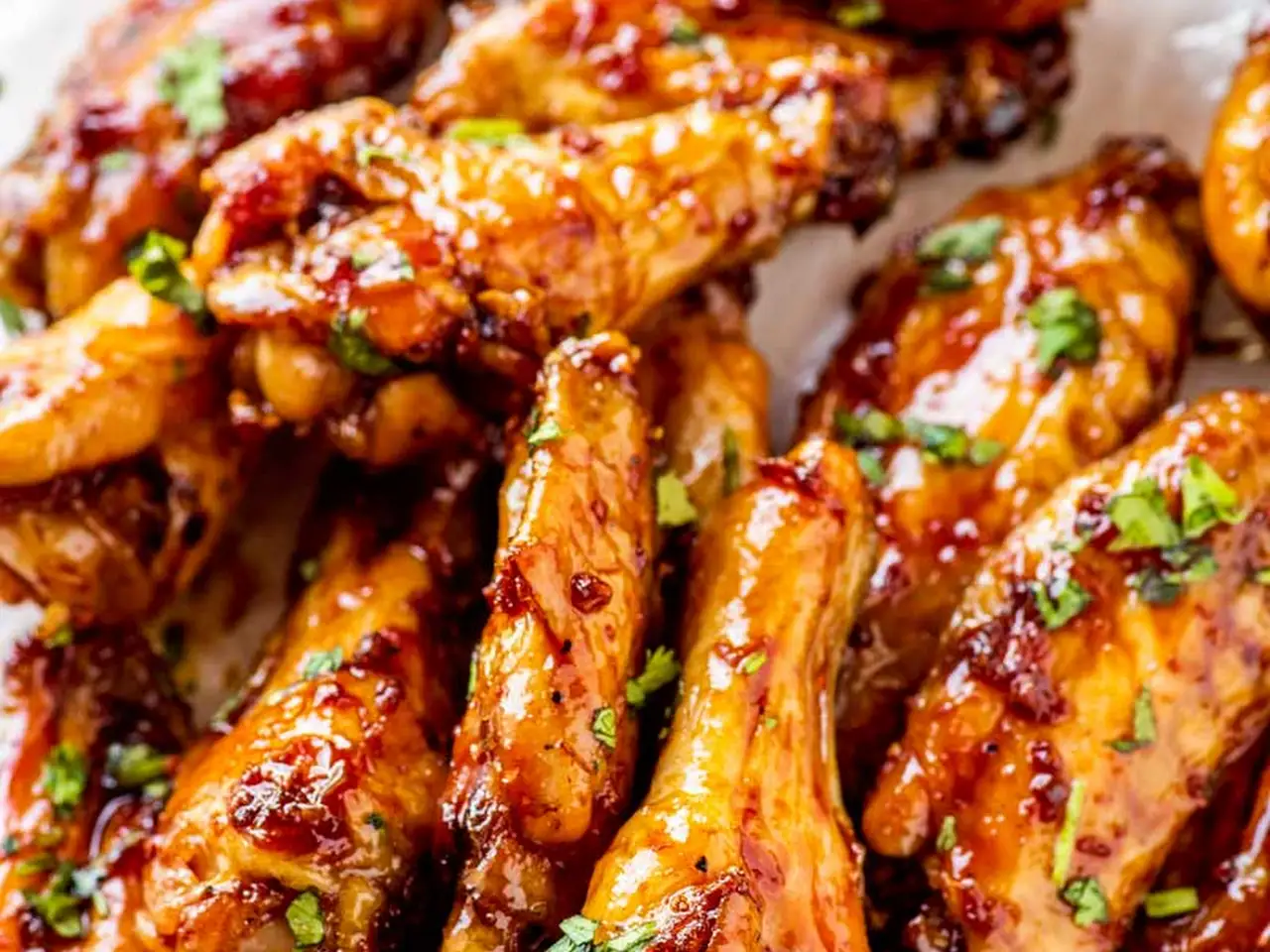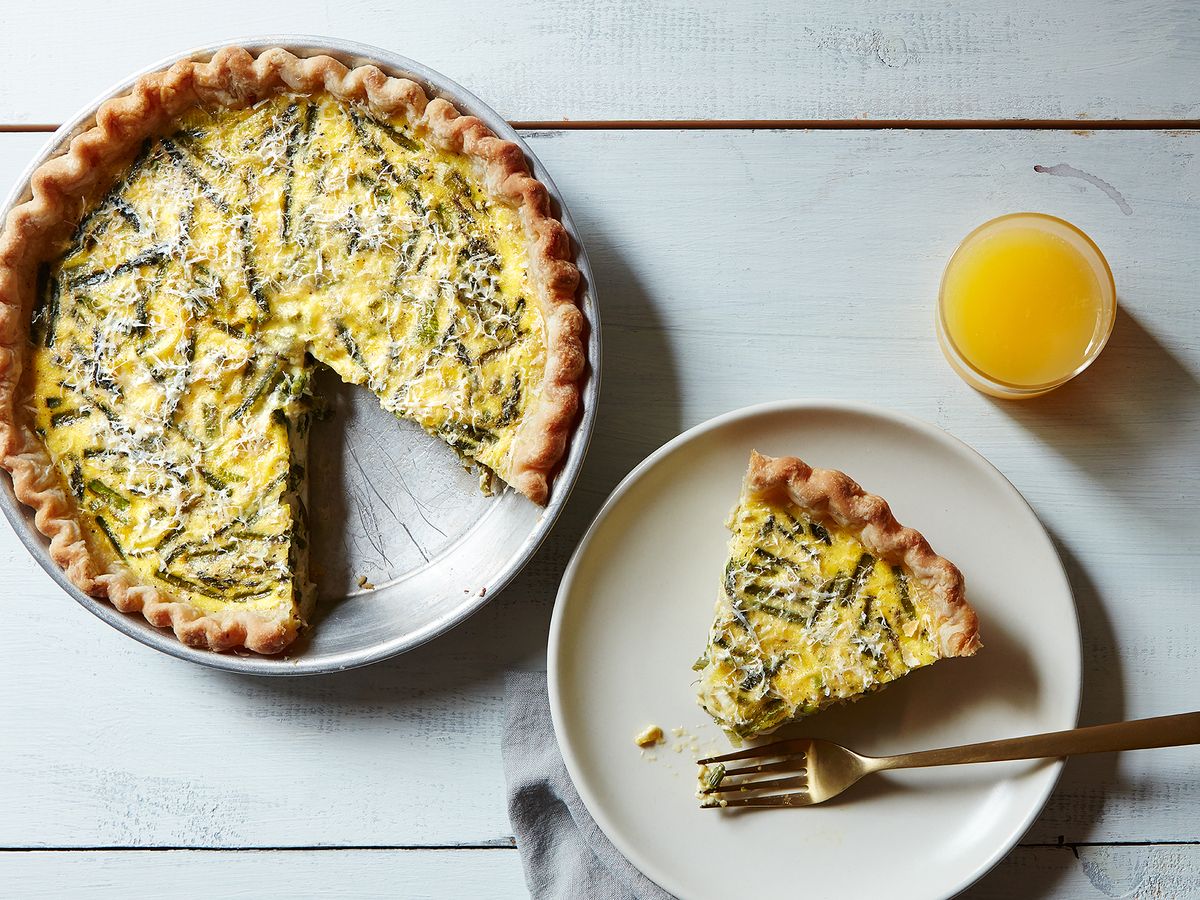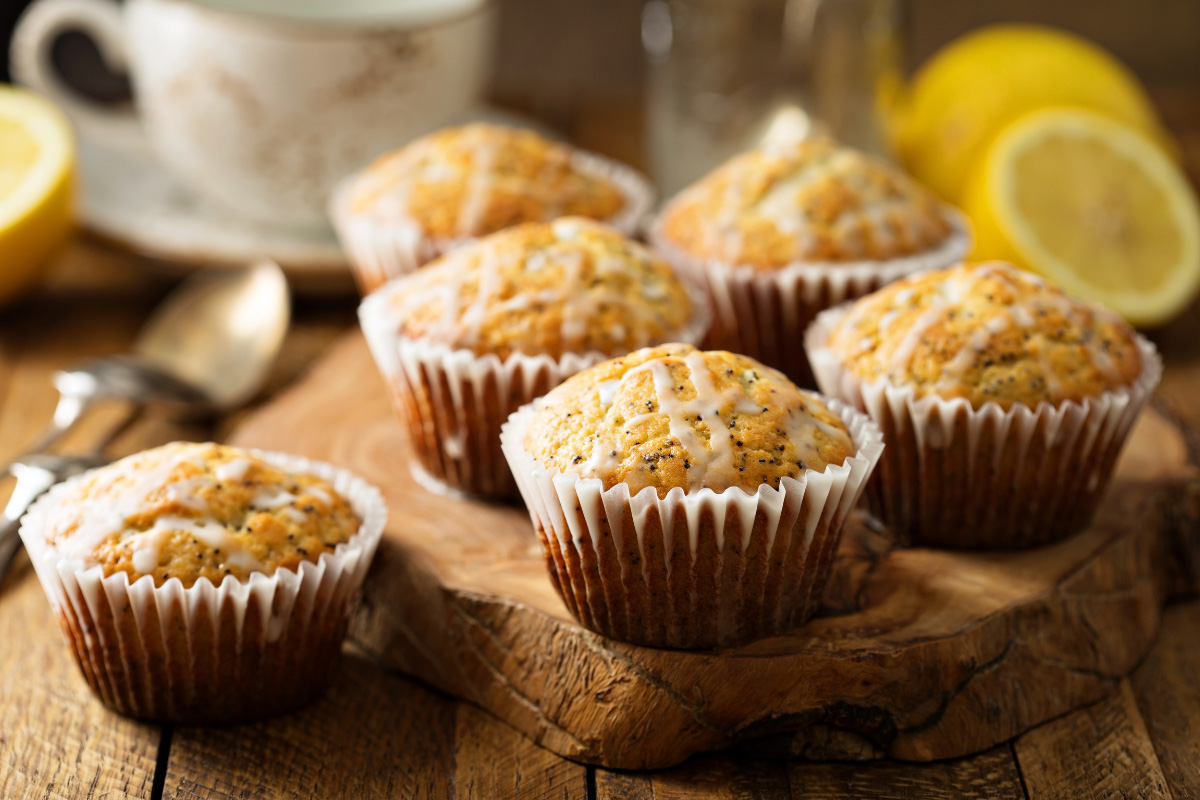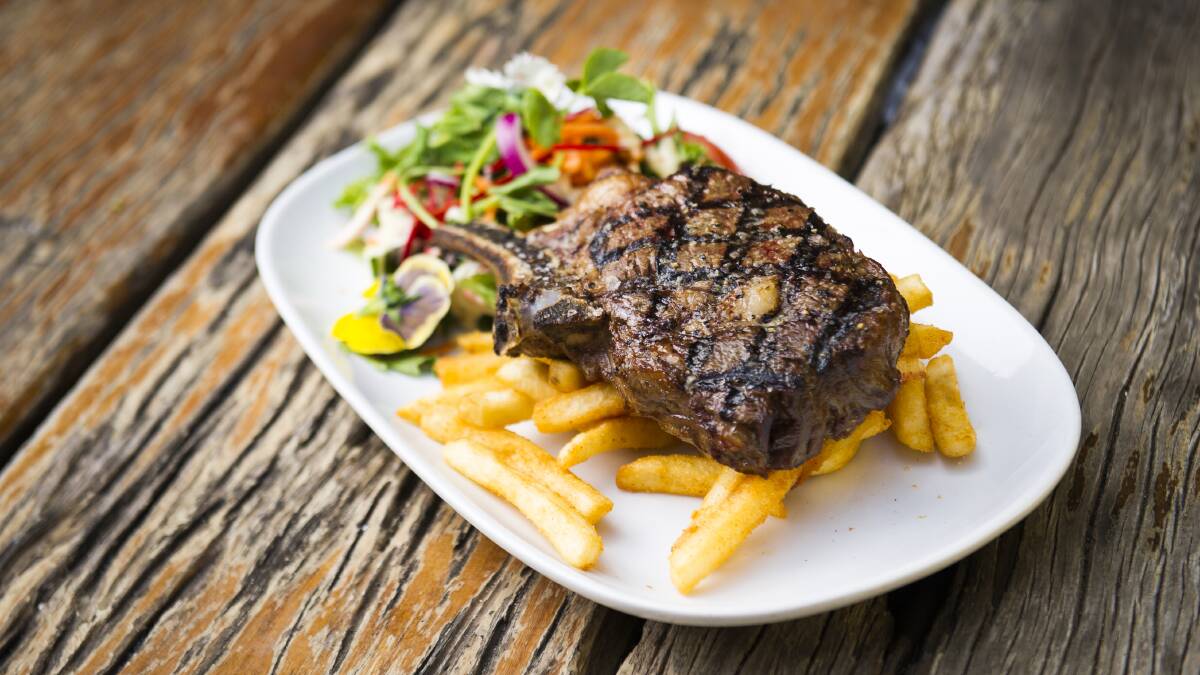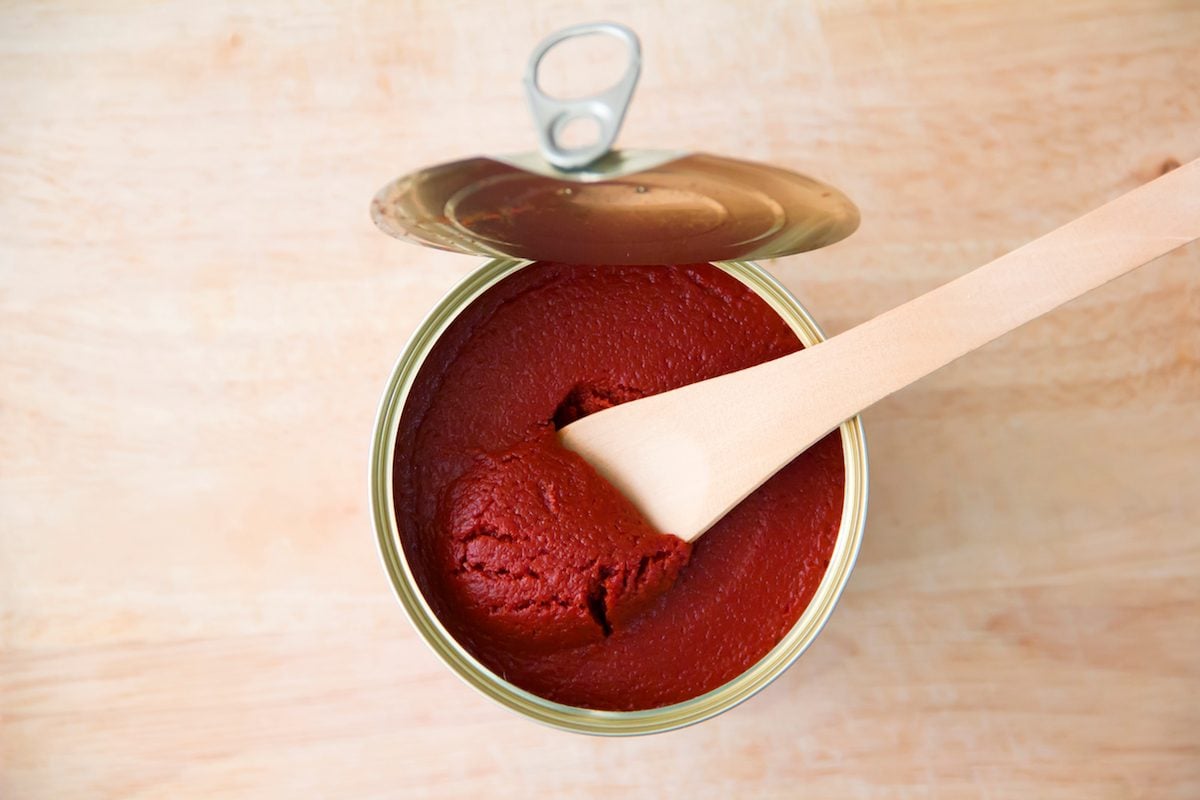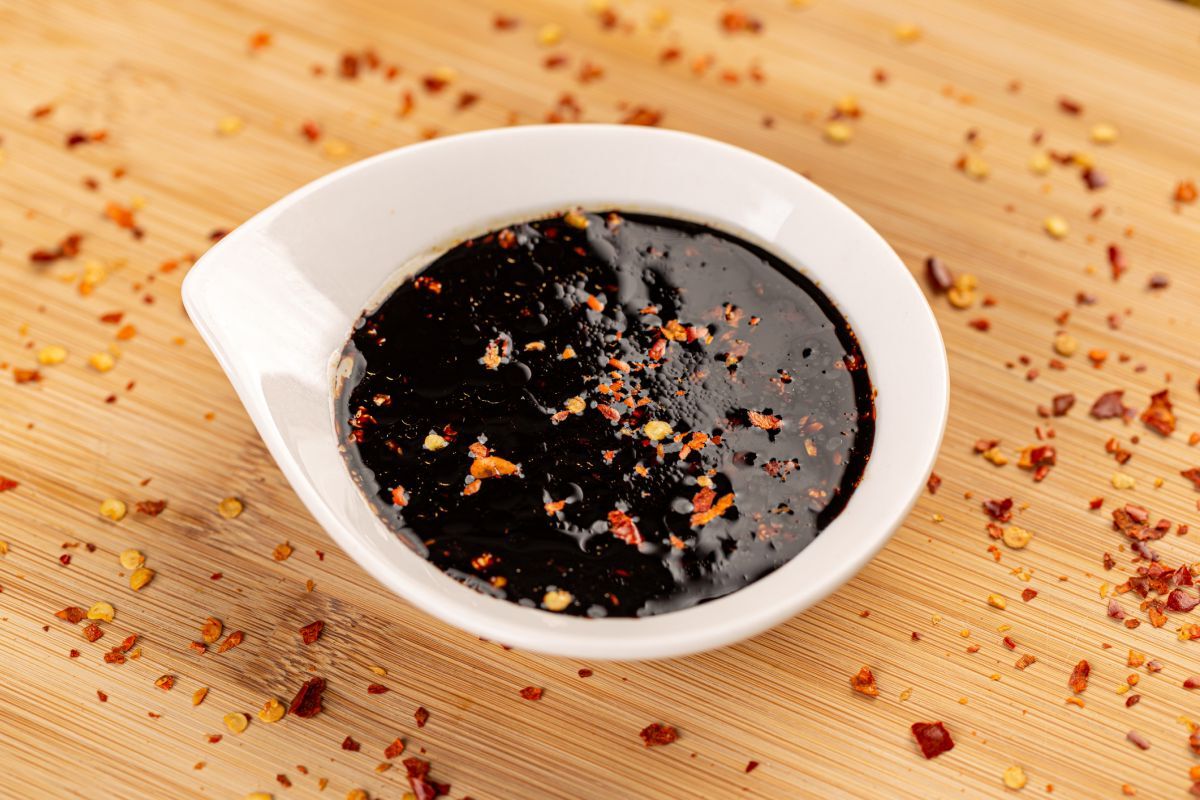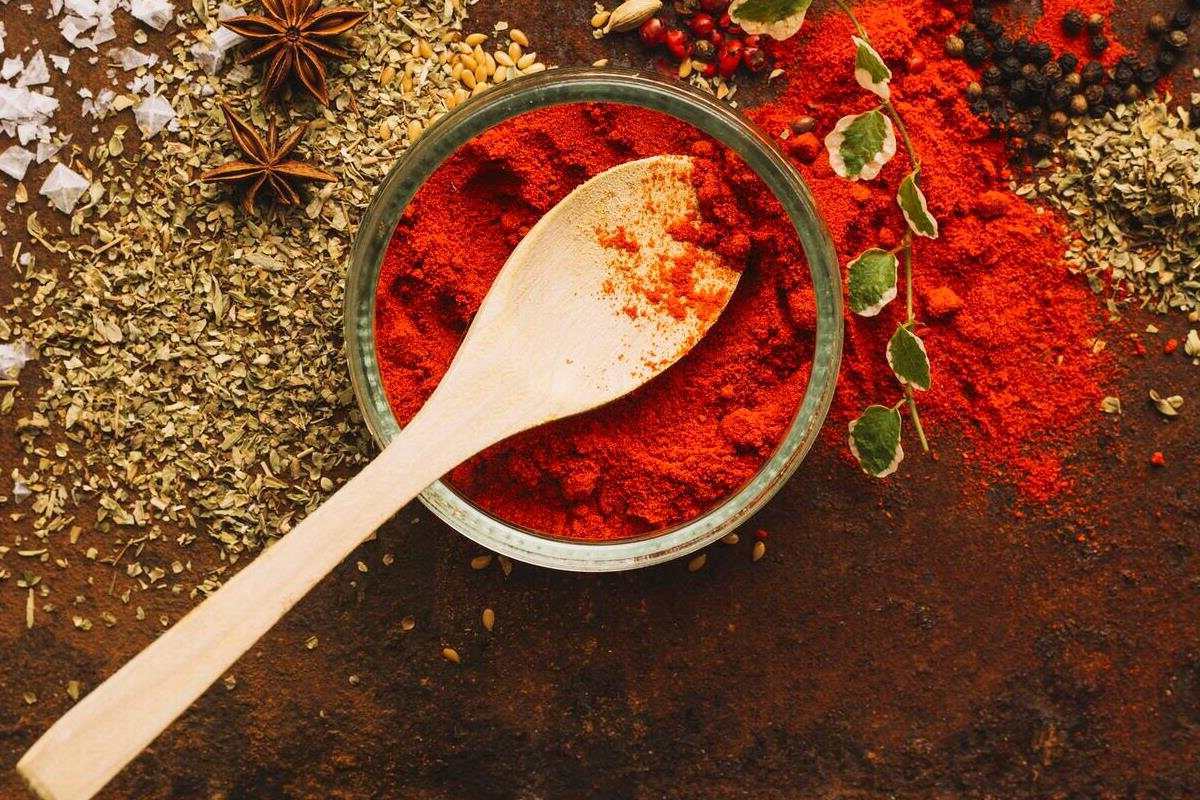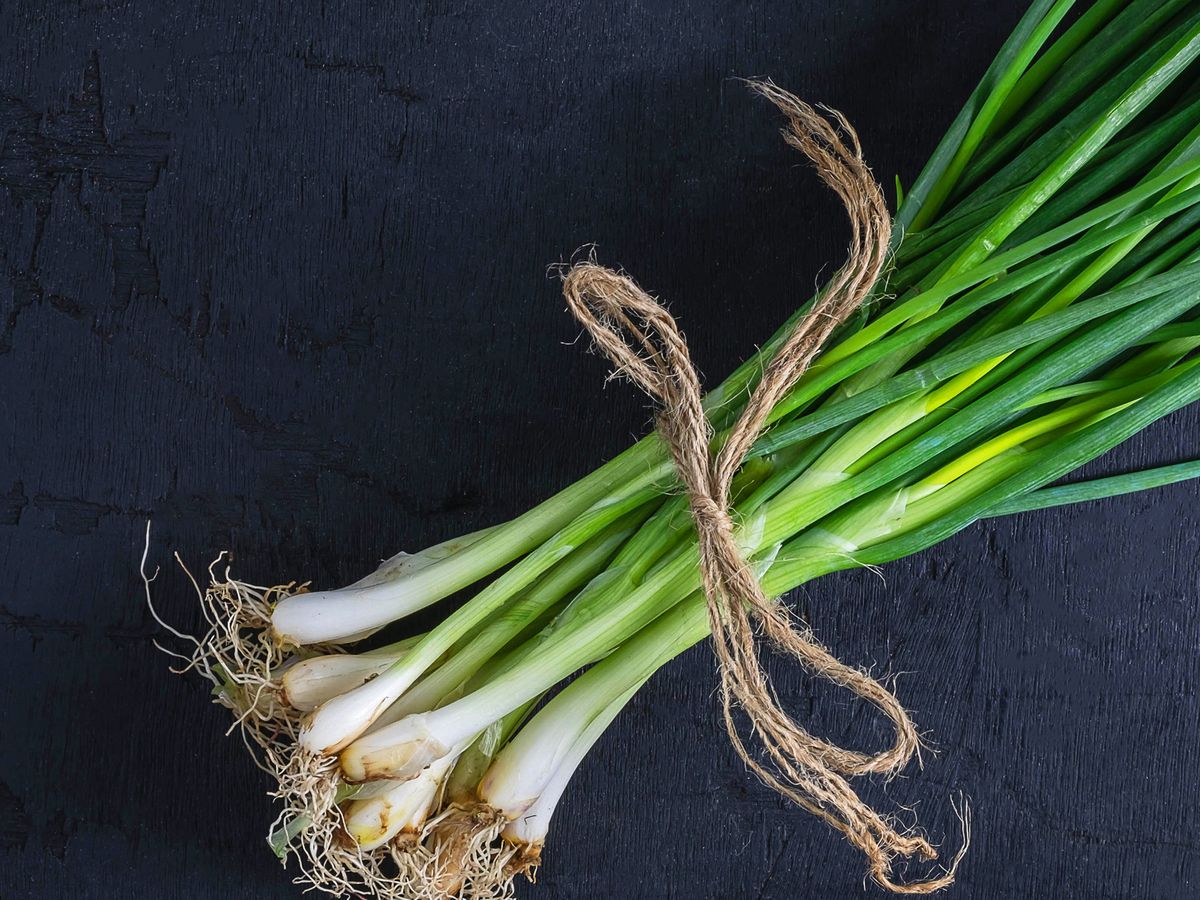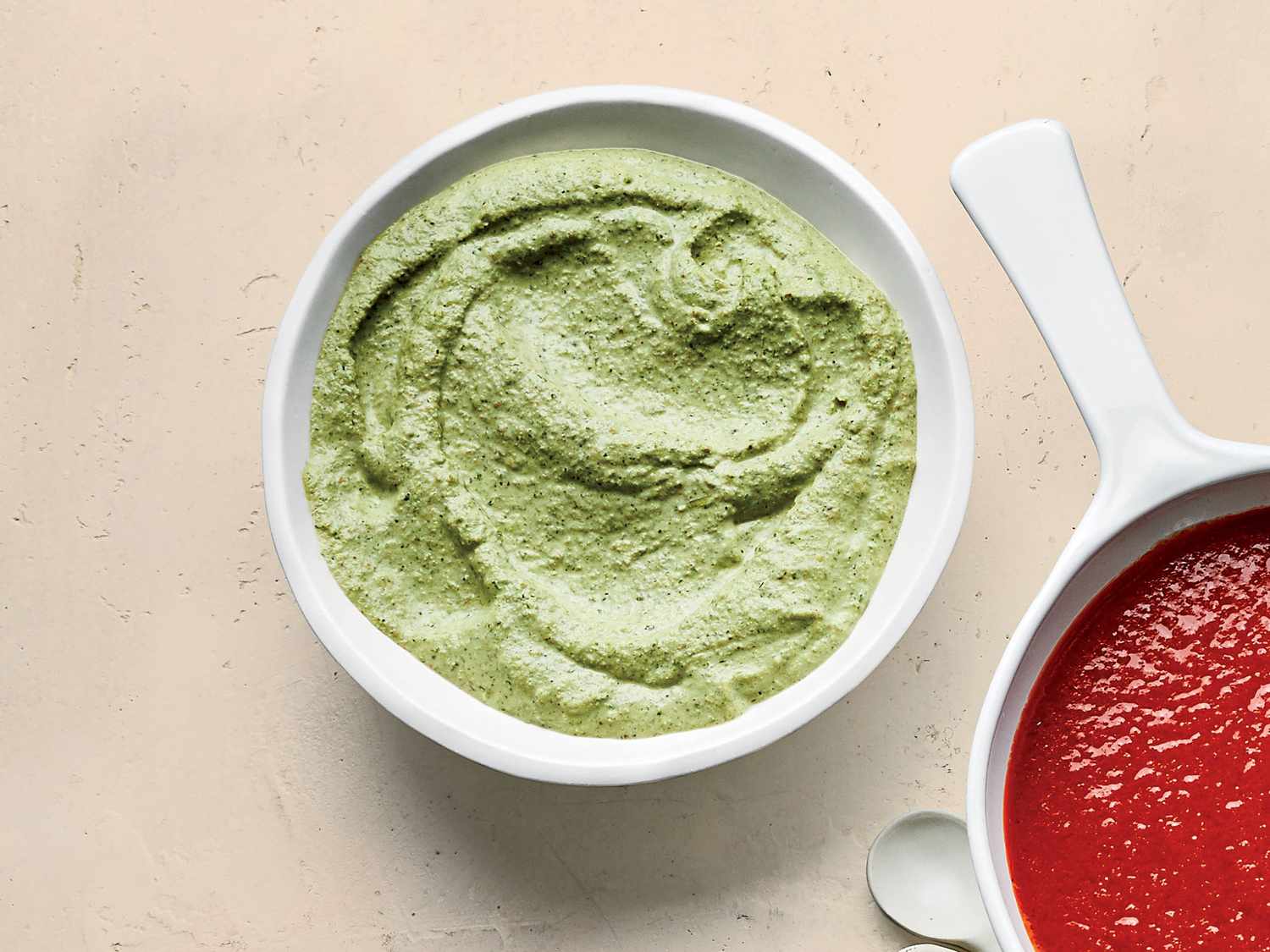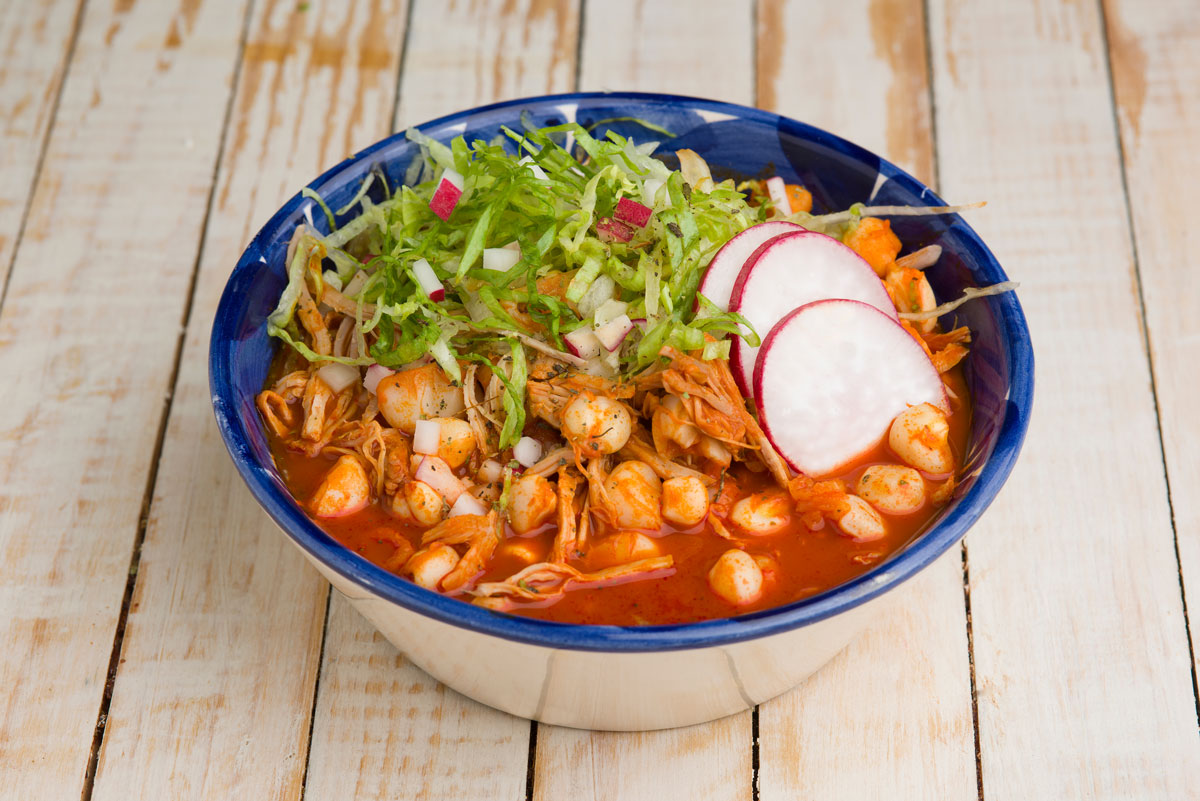When it comes to delicious and convenient food options, sliders are a popular choice for many people. But what exactly is a slider? In this article, we'll explore the world of sliders, from their origins to their modern-day variations.
Origins of Sliders
The term "slider" is believed to have originated from the fast-food chain White Castle, which began using the term in the 1940s to describe their small, square-shaped hamburgers. These bite-sized burgers were designed to be easily "slid" onto the grill and cooked quickly, hence the name "slider."
What Makes a Slider Different?
So, what sets a slider apart from a regular burger? There are a few key characteristics that define a slider:
- Size: Sliders are typically smaller than traditional burgers, making them a perfect option for those looking for a smaller portion or a snack-sized meal.
- Buns: Sliders are often served on soft, slightly sweet buns, which are smaller than the buns used for regular burgers.
- Toppings: While sliders can be topped with a variety of ingredients, they often feature classic burger toppings such as cheese, pickles, and onions.
Modern Variations of Sliders
While the traditional slider may have originated as a small hamburger, the concept of sliders has evolved to include a wide range of options. Today, sliders can be made with various types of proteins, including:
- Chicken: Sliders made with breaded or grilled chicken patties are a popular alternative to beef sliders.
- Pork: Pulled pork sliders, often topped with coleslaw, have become a favorite at many restaurants and gatherings.
- Seafood: From crab cakes to fried fish fillets, seafood sliders offer a unique twist on the classic slider.
Serving and Enjoying Sliders
Sliders are often served in sets, making them a great option for sharing or for those who want to sample a variety of flavors. They can be enjoyed as a snack, a meal, or even as part of a party or event spread.
Making Your Own Sliders
If you're feeling adventurous in the kitchen, making your own sliders can be a fun and rewarding experience. Here are a few tips for creating delicious sliders at home:
- Choose Your Protein: Whether you opt for beef, chicken, pork, or another protein, select high-quality ingredients for the best flavor.
- Seasoning: Don't be afraid to experiment with different seasonings and spices to add depth to your sliders.
- Toppings: Get creative with your toppings! From classic cheese and lettuce to unique sauces and condiments, the possibilities are endless.
- Buns: Look for small, soft buns to serve as the foundation for your sliders.
Conclusion
In conclusion, sliders are a versatile and tasty food option that has evolved from its humble beginnings as a small hamburger. Whether you enjoy classic beef sliders or prefer to explore modern variations, there's a slider out there for everyone. So, the next time you're craving a delicious and convenient meal, consider giving sliders a try!
Was this page helpful?
Read Next: What Is A Substitute For Grand Marnier?
